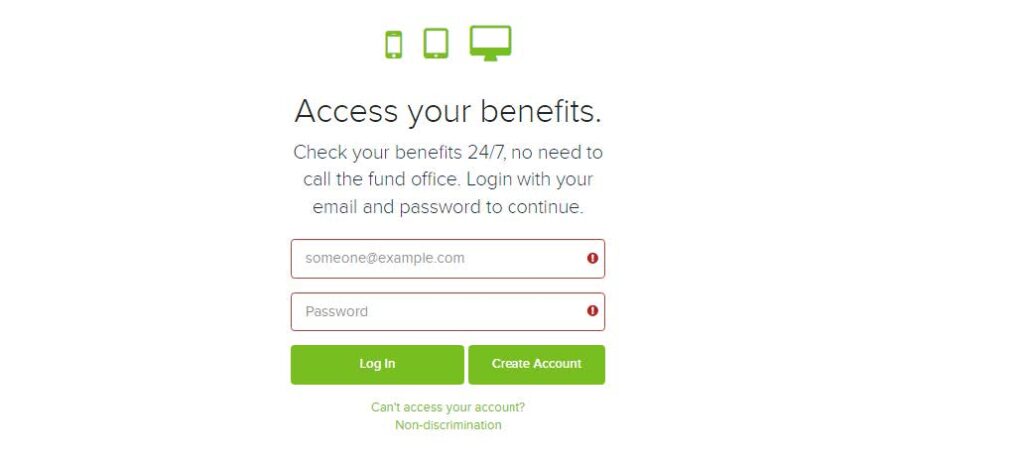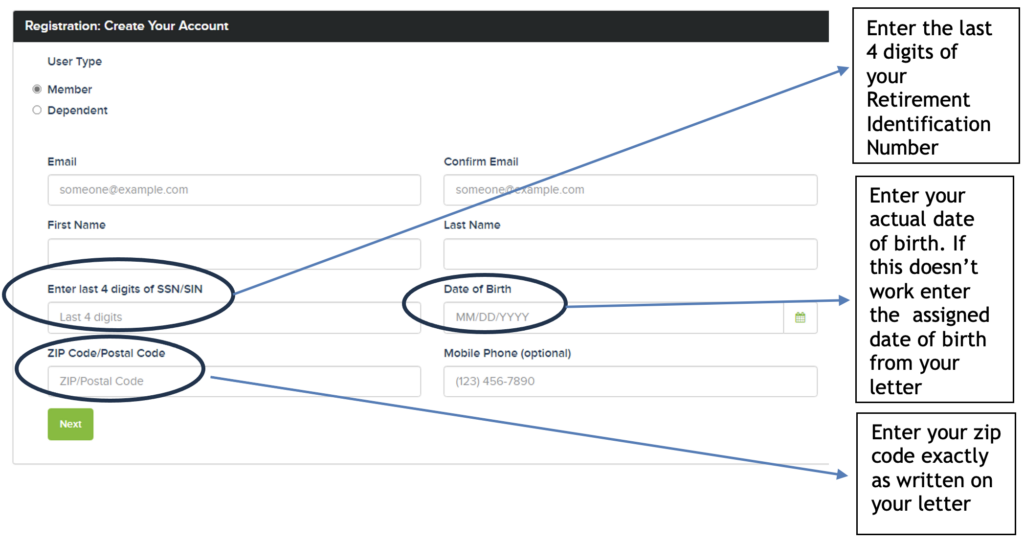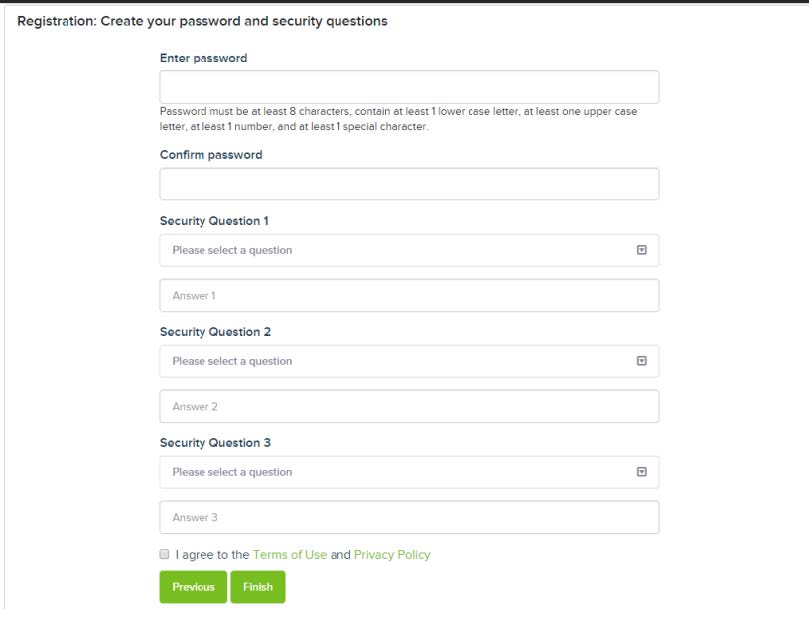Child care providers who are members of Child Care Providers United (CCPU) were joined by parents, community members, school educators and advocates today as they held socially distanced rallies in San Diego, Los Angeles and Oakland to demand state leaders stop ignoring California’s child care crisis. Their actions implored Governor Newsom and state legislators to take urgent action to support family child care providers, the parents who count on them to get to work in frontline jobs, and the at-risk children who increasingly rely on their support to succeed in distance learning. Five thousand family child care providers have been forced to close their doors since the start of the COVID-19 pandemic.
Los Angeles Unified School District Superintendent, Austin Beutner, joined today’s rally in front of a Van Nuys provider’s home, emphasizing the role early educators are playing now in keeping children connected to safe places to learn: “Child care providers and communities are coming together to provide support to children to continue their education. But there’s a disconnect in the system. Everyone is talking about our economy reopening, but they’re forgetting it can only open if those for whom work is essential can get back to work. They can only do so safely if their children are safe and cared for, if their children can continue with their education So our plea is simple: Let’s not forget the children. This started as a health crisis but now it’s a community crisis and it’s becoming an education crisis. So the time to act is now. Because these children have one opportunity to learn and it’s only going to happen if the state of California recognizes that child care workers are essential workers. The state needs to do the work to make sure there’s adequate funding for providers to be reimbursed for the work they do to support our children. The moment is now — not a month or two from now. These children deserve our support and they deserve it now.”
With California’s physical K-12 classrooms closed to slow virus spread, home-based providers have taken on the added costs of distance learning (such as upgraded wi-fi and additional staff) to support school-aged children so their parents can work on the frontlines of COVID-19 in health care, grocery stores and other essential roles. Jennifer Shanoksi, parent, science teacher, and Peralta Federation of Teachers President said, “Our elected leaders have told us that children are a priority and that education is a priority. We are nine months into this pandemic, and now we need them to do more than just talk– we need action and change. We cannot expect child care providers to do more and more without additional support from the state. We need to show them that they are a priority — not through words in speeches, but by giving them the resources they need to be successful so that our kids can be successful.”
While they are now caring for children all day, family child care providers are only reimbursed by the state at the same rate they were paid for these children during school breaks and vacations, not when such intensive learning was required. A recent study showed provider costs associated with the pandemic and move to distance learning have increased 75%. Child care providers who were already on the brink before COVID-19 simply can’t afford to absorb these costs. Scores are closing each week. The vast majority are women-of-color owned businesses.
Alicia Turner, a child care provider from Stanislaus County, has 8 children participating in distance learning and has seen her costs increase by 70%: “Keeping kids learning is my focus and I’ve taken on costs for the WiFi and IPads they need for distance learning, and rearranged my house so that each student has a place to focus quietly. Older kids are often in the middle of class time while the 2-5 year olds are out playing, so I also hired two additional aides to ensure the level of safety and care parents expect. The state needs to recognize that the care we are providing has changed dramatically and pay us accordingly.”
At the same time providers have taken on added costs, many have sustained a pay cut because as of October 1, the State of California is now forcing providers to pay the portion of family fees they would otherwise receive when a family keeps a child home out of caution to prevent the spread of COVID-19. For some providers this amounts to a $1,000 per month pay cut.
At each event, child care providers held signs with the number of local providers forced to close in their community:
- 548 in San Diego County
- 874 in Los Angeles County
- 538 in Alameda County — ⅓ of all providers in the county
Providers also held signs drawing attention to the more than 50,000 children who lost access to care statewide when their providers were forced to close due to the pandemic.
Child care providers are asking the state to:
— Increase reimbursement rates for providers who have children in their care participating in distance learning, as some providers have seen their monthly costs increase by up to 75%.
— Financially support providers who have to close their doors out of an abundance of caution following potential COVID-19 exposure, so that they’re able to reopen and continue their role as essential workers in our communities
— Continue to cover families’ portion of fees for children who receive child care subsidies when families keep children home to prevent COVID-19 spread or exposure, to make up for the existing pay cut providers are being forced to take in order to cover these fees.




